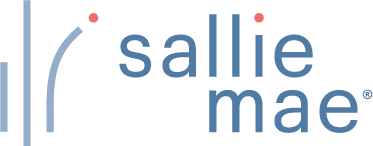Filling Out the FAFSA: My Parents are Divorced or Separated
If your parents are divorced, the parent who provided the most financial support in the last year will contribute to your FAFSA.

Many, or all, of the products featured on this page are from our advertising partners who compensate us when you take certain actions on our website or click to take an action on their website. However, this does not influence our evaluations. Our opinions are our own. Here is a list of our partners and here's how we make money.
When can I submit my FAFSA application? The FAFSA for the 2025-26 academic year is now open for all students. FAFSA applications for the current academic year, 2024-25, can be submitted until June 30, 2025.
If you have divorced or separated parents, the parent who provided the most financial support over past 12 months is considered a FAFSA "contributor" and will need to fill out a section of the form on their own.
There are also a few special situations to know:
If both parents provide equal financial support, then the parent who has greater income or assets will fill out the FAFSA.
If the parent who supports you most financially is remarried as of when you submit your FAFSA, then your stepparent will also be a contributor if they legally adopted you, and/or if they file taxes separately.
If your parents are not married, but they live together, then both parents will fill out the FAFSA.
This approach began in the 2024-25 aid year. Before that, the FAFSA only considered the parent with whom the student lived most of the time, regardless of whether they provided the most financial support.
» MORE: FAFSA checklist for 2025-26
Top Private Student Loan Lenders
Best Private Student LoanOverall
Steps for filling out the 2025-26 FAFSA for students with divorced or separated parents
Request an FSA ID on FAFSA.gov. This is the username and password combination you will use to log into your form.
Fill out your portion of the FAFSA and submit it.
Determine which parent provided more financial support over the last 12 months. This parent will be your FAFSA contributor.
This parent must request their own FSA ID, which they will use to access their portion of the FAFSA. When filling out the form, they must select "divorced" or "separated" as their marital status.
The parent must consent to a Direct Data Exchange with the IRS, which automatically transfers financial and tax information to the FAFSA.
The parent must submit their portion of the FAFSA.
When the FAFSA asks about your parents’ education level, answer for your birth parents or adoptive parents. Your stepparent is not considered your parent for these two questions.
» MORE: Best student loans for parents



